What Evidence Might Help My Car Accident Case?
If you file an insurance claim or personal injury lawsuit after a car accident, the right evidence can make a big difference in the outcome of your case. Here’s what you should know about the types of evidence that could support your car accident claim and potentially lead to a better outcome. If you have been victim of car accident, reach out to an experienced car accident lawyer for legal support and guidance.
Request A Free Consultation Today!
Accident Reports
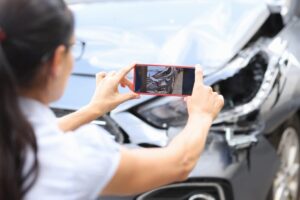
When police investigate the scene of an accident, they generate accident reports to document their findings. If police do not respond to the scene, drivers sometimes prepare these reports themselves.
The reports contain important details like the date, time, and location of the crash, as well as information about the drivers, vehicles, and witnesses. Some crash reports also include the investigating officers’ observations and opinions on what caused the accident.
These reports could help your accident claim by providing official, objective accounts of what happened. For instance, they might show whether the other driver broke any traffic laws, such as speeding or running a red light.
Insurance companies often rely on accident reports to determine who was at fault in a crash, and many require you to submit them along with your insurance claim.
Eyewitness Statements
Eyewitness statements are accounts from people who saw the accident happen. These statements could support your claim by offering an outside perspective on the crash and the events that led to it. Eyewitnesses can confirm critical details like weather conditions, traffic signals, and the actions of the drivers in the crash.
If an eyewitness says the other driver was driving erratically or was not paying attention, it could help you demonstrate that they were at fault. An eyewitness’s independent version of events is often powerful because they have no personal stake in the outcome of your claim.
Photographs
Photographs serve as visual proof of the accident scene, vehicle damage, and any visible injuries you suffered. They can show the relative positions of each vehicle after the crash, skid marks on the road, and the conditions of the surroundings.
They can also illustrate the extent of vehicle damage and disprove any false claims by the other driver about how the accident happened. And photos of your injuries can provide clear evidence of the harm you suffered due to the crash.
Video Footage
Video footage from surveillance cameras, dash cams, or traffic cameras can capture the actual moment of the crash. It provides a real-time record of the events leading up to, during, and after the accident. This type of evidence is hard to argue against because it shows exactly what happened.
If video footage shows the other driver running a red light or hitting your car from behind, you will have a much easier time establishing fault. Video evidence is highly persuasive in the eyes of insurance adjusters and jurors, as it allows them to see the accident themselves rather than relying on written or spoken descriptions.
Medical Records and Bills
Medical records and bills provide concrete evidence of the injuries you suffered from the car accident and the treatment you needed as a result.
Your medical records show your doctors’ diagnoses, the types of injuries you have, and the medical care you received. This includes visits to the emergency room, treatments from specialists, physical therapy sessions, and intensive procedures like surgeries.
Copies of your medical bills show how much all of this medical care cost you. This evidence is necessary because it shows the financial consequences the accident has had on your life. Insurance companies and courts use medical records and bills to understand the severity of your injuries and decide how much money you are due.
Proof of Lost Income
Proof of lost income allows you to show how the car accident has affected your ability to work and earn a living. This evidence can include pay stubs, invoices, letters from your employer, bank statements, and tax returns.
You can use it to prove that you missed work because of your injuries and show how much money you would have made if you had not been hurt.
If you were in a serious accident, you might be unable to return to work or earn the same amount of money as before the accident. In that case, this category of evidence could also include expert assessments of your lost earning potential.
With this type of evidence, you could claim compensation for the money you will not be able to earn during your lifetime as a result of the accident.
Expert Witness Testimony
Expert witness testimony comes from professionals who can explain complex aspects of your case to an insurance adjuster, judge, or jury. In car accident cases, expert witnesses often include doctors, accident reconstruction specialists, and mechanical engineers.
A doctor can talk about your injuries and how they will affect you for the rest of your life. An accident reconstruction specialist can explain how the accident happened and who was at fault.
This testimony makes complex information clearer and supports your claim by providing expert opinions on the key issues in your case. They also add credibility to your claim because they come from reliable individuals with specialized knowledge.
Cell Phone Records
Cell phone records can show whether the other driver was talking, texting, or using apps on their phone at the time of the accident. If the records show calls, texts, or data use from right before the crash, it could indicate distracted driving.
If you have evidence showing that the other driver was not paying full attention to the road at the time of the accident, it could allow you to prove liability. Cell phone records help if no witnesses or video footage shows what the other driver did. They provide timestamped records that investigators can match with the time of the accident to establish fault.
GPS Data
GPS data can show the location, speed, and route of a vehicle before and during a car accident. This data can prove where your car and the other driver’s car were at the time of the crash. It can also show whether either car was speeding.
If GPS data show the other driver was speeding or made a sudden turn before the crash, it could support your claim that they were at fault. This objective evidence comes from facts not subject to someone’s opinions or feelings. As a result, it helps in many accident claims.
Event Data Recorder (EDR) or “Black Box” Information
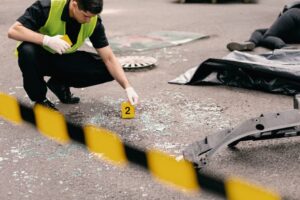
An event data recorder or black box records information about a vehicle’s operation in the moments before, during, and after a crash. These devices are common in commercial vehicles, but some private vehicles have them, too.
EDR data can show the speed of the vehicle, brake application, force of impact, and whether the passengers were wearing seat belts.
Information from an EDR makes it easier to reconstruct an accident and show what each driver was doing right before the collision.
If the other driver’s vehicle’s black box shows they did not brake or were speeding right before the collision, it could support your claim that they were responsible. Insurers and courts see this evidence as reliable because it comes directly from the vehicles that crashed.
Toxicology Test Results
Toxicology test results can show if the other driver was under the influence of alcohol or drugs at the time of the accident. If the tests come back positive and at or over the legal limit, you could use the results as proof that the other driver was driving while impaired.
Positive toxicology test results can provide strong evidence of fault, as driving under the influence is against the law and considerably increases the risk of causing an accident. This kind of evidence is difficult to dispute and could lend significant support to your claim that the other driver was responsible for the crash.
Vehicle Maintenance Records
Vehicle maintenance records can show whether a car was in good working order before the wreck or if it had problems that could have contributed to the accident.
For example, let’s say the other driver’s car had worn brake pads, and they could not stop in time to avoid a rear-end crash. In that case, maintenance records could prove they were negligent in maintaining their vehicle.
Thorough maintenance records can show a complete history of a car’s upkeep and whether any mechanical issues might have played a role in the accident. If the other driver ignored necessary repairs, it helps your claim by showing they were careless in looking after their vehicle’s safety as the law requires.
Vehicle Damage Reports
Vehicle damage reports detail the condition of a car after an accident. These reports come from mechanics or insurance adjusters who inspect the damage. They can show the point of impact on your car, the severity of the crash, and any internal damage not visible at first glance.
Investigators use these reports to determine how an accident happened. For example, if a report shows the back of your car has significant damage, it could support your claim that another car hit you from behind.
This evidence can also show insurance companies and courts that your car sustained damage because of the accident in question, not a previous incident.
Skidmark Analysis Results
Skidmark analysis involves looking at the marks tires leave on the road when they skid, which is a common occurrence in traffic collisions. Experts analyze these marks to figure out things like how fast the cars were going and the movements they made before the crash.
For instance, if skid marks show that the other driver braked suddenly or swerved, it could suggest that they were not paying attention and only reacted at the last second. This type of analysis allows investigators to recreate the scene and could support your claim by providing more information about how the wreck occurred.
Accident Reconstruction Diagrams
Accident reconstruction diagrams are drawings that show how a crash happened. Crash reconstruction specialists create these diagrams using evidence from the accident scene, such as photos of the positions of cars, debris, and skid marks.
A quality accident reconstruction diagram can show the directions the cars were traveling, where and how they collided, and where they ended up after the crash. Lawyers frequently use these diagrams to explain accident details clearly to insurance companies or in court.
Weather and Traffic Reports From the Accident Date
Weather and traffic reports from the date of the accident can provide important context for the crash. They can show if the weather was bad enough to be dangerous, like whether there was heavy rain, snow, or fog. They can also indicate whether heavy traffic or road closures were a factor.
These reports illustrate the conditions you were driving in, painting a more vivid picture of what happened. For example, let’s say the reports show it was raining hard when the collision occurred. In that case, this type of evidence can support your claim that the other driver was going too fast for the wet road conditions.
Traffic Citations Related to the Accident
Traffic citations are tickets that police issue to drivers who break traffic laws. If the other driver received a traffic citation related to the accident, it could serve as useful evidence that they did something illegal while driving.
For example, if they got a ticket for running a red light and hitting your car, a citation could support the argument that they were at fault for the accident.
Insurance companies and courts often consider traffic citations when deciding who is responsible for an accident. Proof of a traffic citation against the other driver could make it easier to claim that they should pay for the harm you suffered.
Why You Need a Lawyer Even if the Evidence Is in Your Favor

Pursuing an accident claim requires more than just strong evidence. You also need to understand how to present that evidence effectively and demand a fair value for your claim. This is where a personal injury lawyer can make all the difference.
Attorneys know how to use the available evidence to build a strong case and persuade insurance adjusters, judges, and juries. Lawyers can also anticipate and counter the tactics that defendants might use to dispute your claim.
Even if the evidence is in your favor, the complexity of the insurance claims process, the legal system, and state laws require a professional approach. Without the right lawyer on your side, you might settle for less than you deserve or overlook important legal strategies that could improve your case’s outcome.
Free Consultation
We Are Here For You 24/7
Reviews
– Elissa M.
“Really pleased with Boohoff Law! Received immediate responses when I had any questions. Treated amazingly by all staff … made this process a true breeze!”
– Caitlyn M.
– Brandy K.
Related Posts
What Happens if the Trucking Company Claims I Was in the Blind Spot?
Wrecked by a Semi in a Pile-Up? How To File a Claim if You Were Injured in a Multi-Vehicle Truck Crash
Navigating the Maze of Liability: When an Out-of-State Motorist Causes Your Accident
Recovery is personal.
We’re here for you.
We’re close by. And if you can’t make it to us, we’ll meet you where you need us, at home or in the hospital.
You're better off with Boohoff.
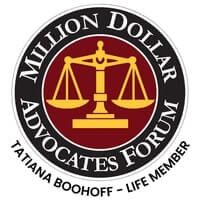

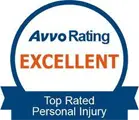
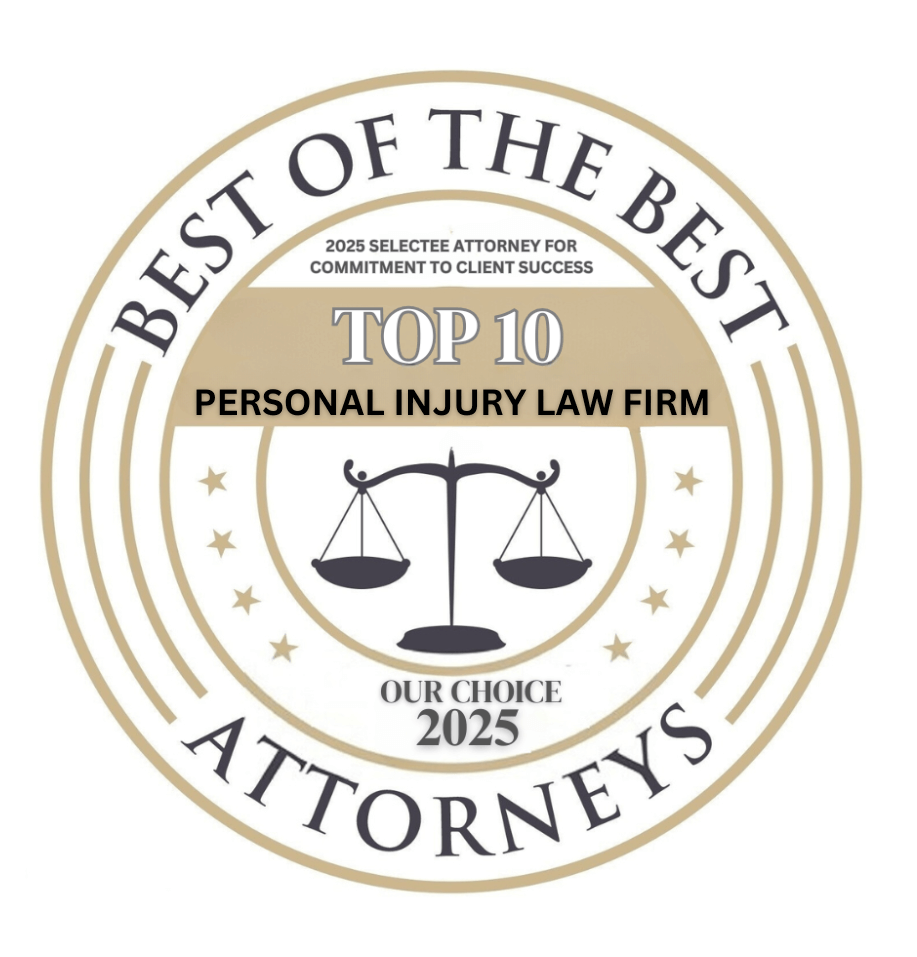
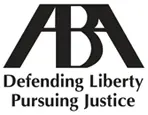
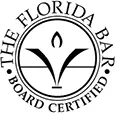
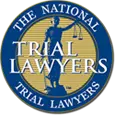



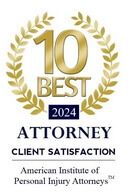
The information on this website is for general information purposes only. Nothing on this site should be taken as legal advice for any individual case or situation. This information is not intended to create, and receipt or viewing does not constitute, an attorney-client relationship.
available 24/7
(877) 999-9999
